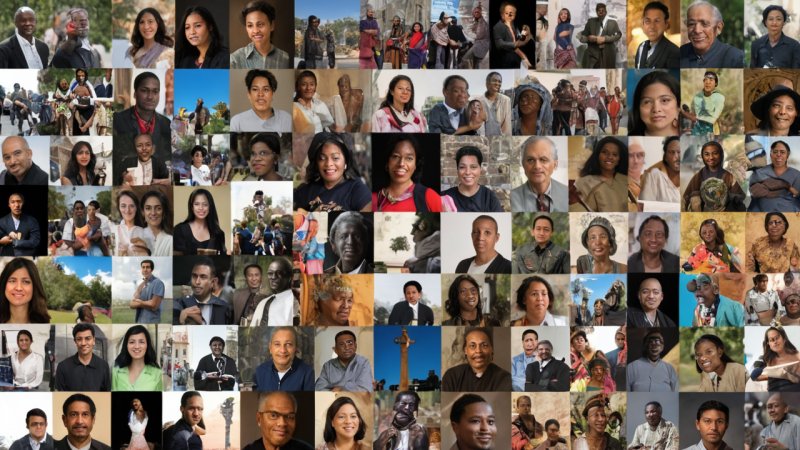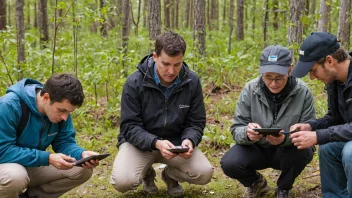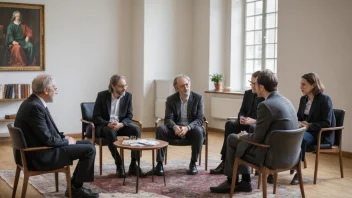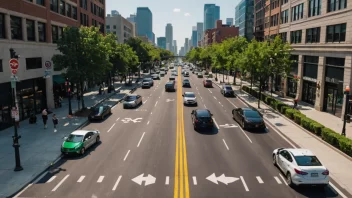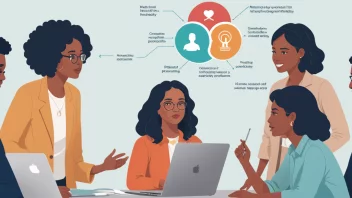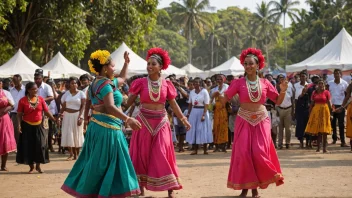Public memory is a collective understanding of the past that shapes our identities, cultures, and communities. It is a fluid construct, influenced by various factors such as historical events, cultural narratives, and societal values. The humanities play a crucial role in this process, providing the tools and frameworks necessary to interpret and understand our shared history. Through literature, philosophy, history, and the arts, the humanities help us navigate the complexities of memory, allowing us to reflect on our past and envision our future. This article explores how the humanities contribute to shaping public memory, emphasizing their importance in fostering critical thinking, empathy, and cultural awareness.
The Interplay of Memory and History
Memory and history are often seen as intertwined yet distinct concepts. History refers to the documented events of the past, while memory encompasses the personal and collective recollections that individuals and communities hold. The humanities bridge the gap between these two realms, enabling us to understand how historical narratives are constructed and how they influence public memory. For instance, historians analyze primary sources and artifacts to reconstruct events, while literary scholars examine how narratives shape our perceptions of those events. This interplay allows us to appreciate the subjective nature of memory and the ways in which it can be influenced by cultural and social contexts.
Literature as a Medium of Memory
Literature serves as a powerful medium for exploring and preserving public memory. Through storytelling, authors can convey the emotions, experiences, and perspectives of individuals and communities, providing insight into historical events and cultural phenomena. Works of fiction, poetry, and drama can evoke a sense of empathy, allowing readers to connect with the past on a personal level. For example, novels like Toni Morrison's "Beloved" and Khaled Hosseini's "The Kite Runner" delve into themes of trauma, loss, and redemption, offering readers a nuanced understanding of the complexities of memory and the impact of historical injustices.
Philosophy and the Ethics of Memory
Philosophy also plays a significant role in shaping public memory by prompting critical reflections on the ethics of remembrance and forgetting. Philosophers such as Hannah Arendt and Michel Foucault have explored the implications of memory in relation to power, identity, and justice. Their works challenge us to consider whose memories are valued and preserved, and whose are marginalized or erased. This ethical dimension is particularly relevant in contemporary discussions about monuments, memorials, and the representation of history in public spaces. By engaging with philosophical inquiries, we can better understand the responsibilities that come with shaping public memory and the potential consequences of our collective choices.
The Arts and Cultural Representation
The arts, including visual arts, music, and performance, are integral to the formation of public memory. Artistic expressions often reflect societal values and historical narratives, serving as a means of commemoration and critique. For example, public art installations and memorials can evoke strong emotional responses, prompting communities to engage with their past and reflect on their identities. The AIDS Memorial Quilt, for instance, serves not only as a tribute to those lost to the epidemic but also as a powerful statement about the ongoing struggle for LGBTQ+ rights and recognition. Through such artistic endeavors, the humanities foster a shared sense of memory and belonging, encouraging dialogue and understanding among diverse groups.
Case Studies: Memory and Social Movements
Throughout history, social movements have utilized the humanities to shape public memory and advocate for change. The Civil Rights Movement in the United States, for example, relied heavily on literature, music, and visual art to communicate its message and mobilize support. Works like James Baldwin's essays and the songs of artists like Nina Simone became rallying cries for justice and equality, embedding the movement's ideals into the collective memory of the nation. Similarly, contemporary movements such as Black Lives Matter and #MeToo continue to draw on the humanities to articulate their narratives and challenge dominant historical accounts. By examining these case studies, we can see how the humanities empower individuals and communities to reclaim their stories and influence public memory.
The Digital Age and Memory Preservation
In the digital age, the ways in which we engage with public memory are rapidly evolving. Online platforms and social media have transformed how we share and preserve memories, allowing for a more democratized and participatory approach. Digital humanities initiatives, such as online archives, interactive maps, and virtual exhibitions, enable broader access to historical resources and encourage diverse voices to contribute to the narrative. However, this shift also raises questions about the reliability of digital memory and the potential for misinformation. As we navigate this new landscape, the humanities provide essential frameworks for critically assessing the impact of technology on public memory and ensuring that diverse perspectives are represented.
Conclusion: The Future of Public Memory
As we move forward, the role of the humanities in shaping public memory remains vital. By fostering critical engagement with our past, the humanities encourage us to reflect on our identities and our responsibilities to one another. They remind us that memory is not static; it is a dynamic process that evolves with our understanding of history and culture. In an increasingly complex and interconnected world, the humanities offer the tools necessary to navigate these challenges, promoting empathy, dialogue, and a deeper appreciation for our shared humanity. As we continue to explore the interplay between memory and history, we must recognize the power of the humanities to shape not only our understanding of the past but also our vision for the future.
